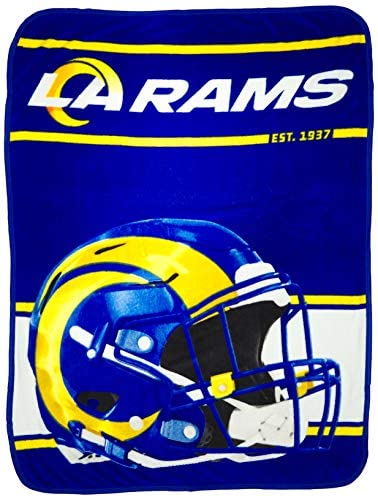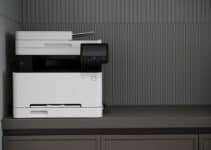Can you heat up a pan to 30,000 degrees Fahrenheit? That’s the burning question at the center of this proposed class action lawsuit, which claims the advertising for SharkNinja’s nonstick cookware violates the laws of physics and thermodynamics.
While SharkNinja is the company best known for its Shark robovacs and Ninja kitchen gadget, this lawsuit takes issue with the Ninja NeverStick Premium Cookware collection, a line of pots and pans it advertises as having superior nonsticking and nonflaking qualities thanks to its manufacturing process.
Instead of making its pans at a measly 900-degree temperature that other brands use, SharkNinja says it heats up the cookware to a maximum of 30,000 degrees Fahrenheit. That process, according to SharkNinja, fuses “plasma ceramic particles” to the surface of the pan, “creating a super-hard, textured surface that interlocks with our exclusive coating for a superior bond.”
Image: SharkNinja
But Patricia Brown, the person who filed this lawsuit, isn’t buying it. As cited in Brown’s lawsuit, NASA recently said the “surface of the Sun is a blisteringly hot 10,340 degrees Fahrenheit,” meaning SharkNinja’s manufacturing process reaches about three times that temperature.
Not only that, but Brown argues that heating up SharkNinja’s pans to this temperature is a “physical impossibility,” given that aluminum vaporizes into gas at 4,478 degrees Fahrenheit. The lawsuit also points out that SharkNinja advertises the pan as oven-safe up to only 500 degrees Fahrenheit.
While SharkNinja’s claims may seem outrageous, the company might not actually be fibbing. This (really old) article from The Washington Post describes a ceramic coating process that sounds close to what SharkNinja advertises:
The newest high-tech wrinkle in nonstickiness is a coating called ceramic-titanium, developed in Denmark and used on Scanpan cookware. A mixture of titanium and a ceramic, so hot (30,000 degrees) that their atoms are broken down into a cloud of charged particles (Techspeak: a plasma), is fired at supersonic speed at the surface of an aluminum pan, where it anchors itself right into the metal, making an extremely hard, unscratchable surface.
Now, I’m not sure if that’s the exact technique that SharkNinja is using here or how much things in the nonstick world have changed since 2002, but it certainly indicates that temperatures can reach 30,000 degrees during the coating process. The Verge reached out to SharkNinja for more information but didn’t immediately hear back.
Still, Brown asserts that SharkNinja’s claims “are little more than a glitzy, deceptive marketing technique” that convinces customers to purchase its NeverStick products, which are more expensive than the nonstick pans from competitors like Farberware. While that could be the case, I’d still like to hear SharkNinja’s side of the story.


